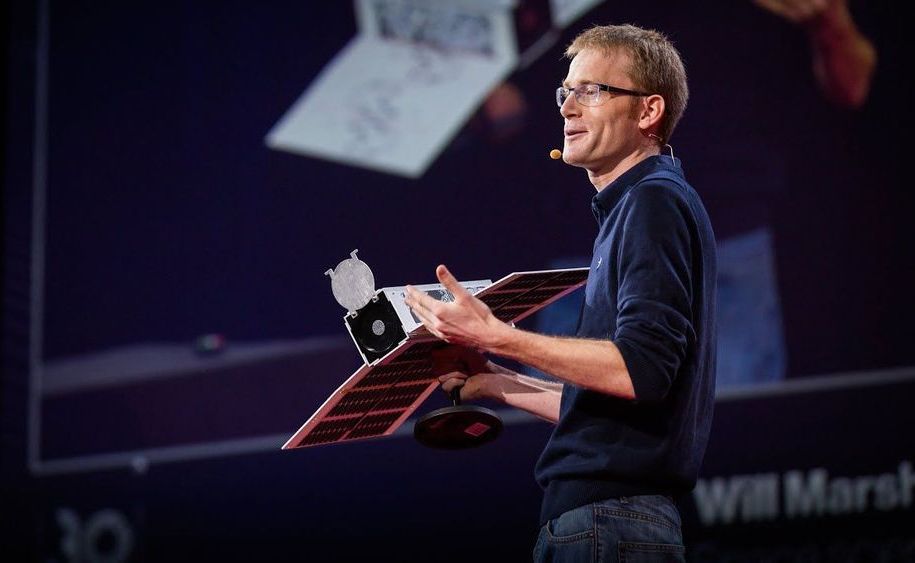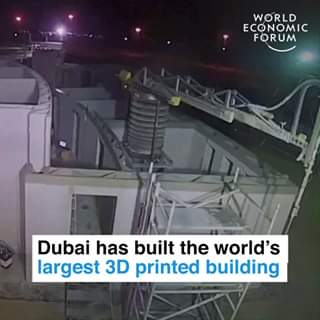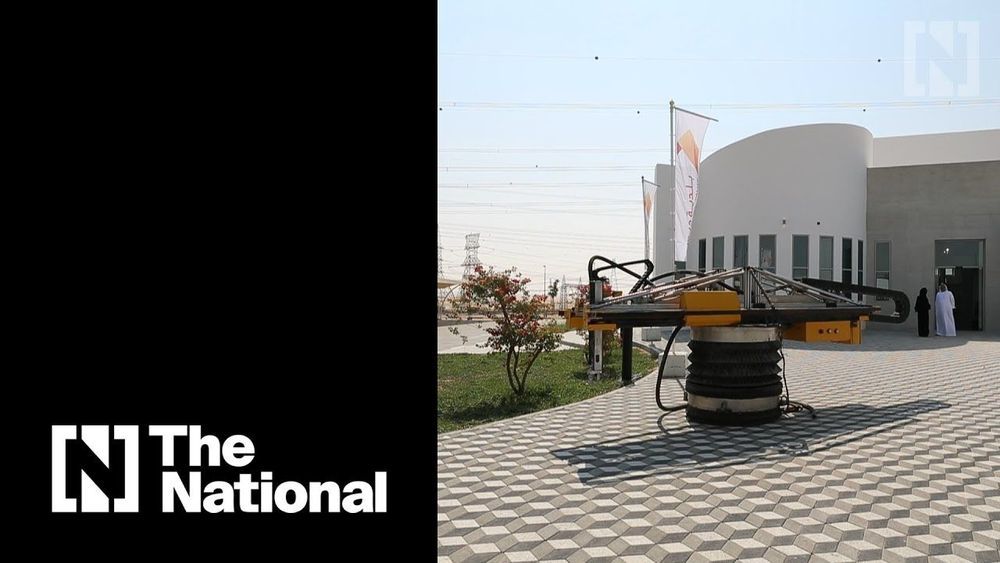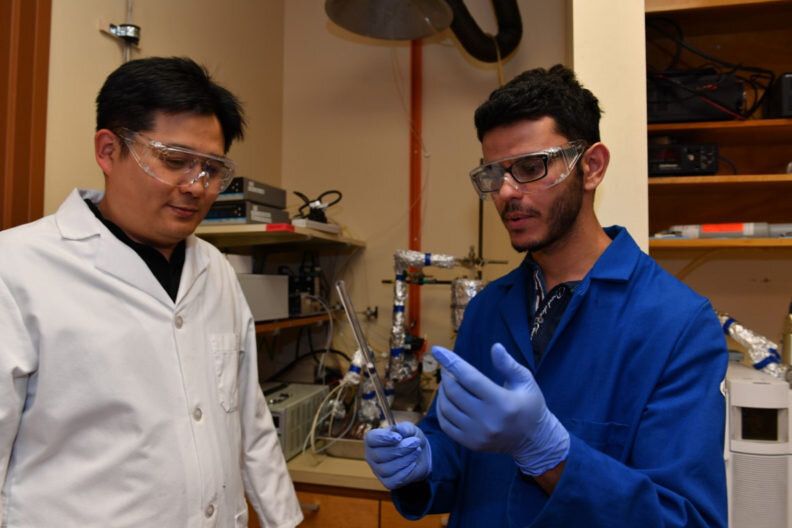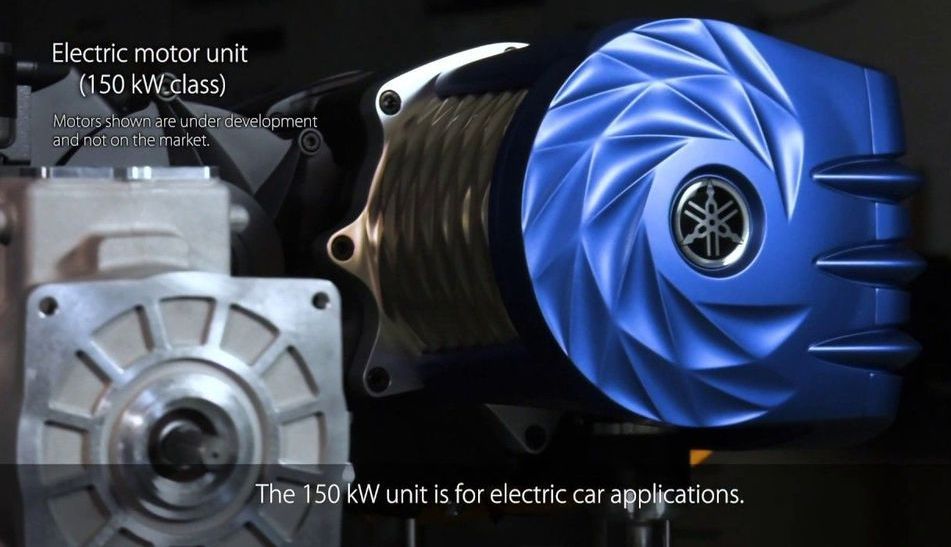“We need to go to space to help us here on Earth. Satellites have played an enormous role in improving the state of the world, and will do even more”.
I’m often asked: ‘Why are you building satellites for space when there are so many problems to fix here on Earth?’ It’s a perfectly rational question. The short answer is that we need to go to space to help us here on Earth. Satellites have played an enormous role in improving the state of the world, and will do even more as an explosion of technology innovation enables large new fleets of small satellites to be deployed with radical new capabilities.
The Sustainable Development Goals (SDGs, or Global Goals), unanimously adopted at the United Nations in 2015, are a great summary of the world’s current challenges. Space is one of many important tools that can be used to help us address them. In May, the UN held a meeting on Technology Innovation and the Global Goals, and I was asked to address the role of satellites in helping the world achieve the SDGs.
The global coverage of satellites offer a unique, fact-based perspective that can help us overcome our greatest challenges. Information from these spacecraft can help us improve agricultural yields and protect habitat loss and stop deforestation. They discovered the hole in the ozone layer and their data today remains key to fighting climate change; and they’ve helped us to connect the world through internet and communication, an intangible service for millions. Satellites in space have done much for us so far and, in the future, they will offer much more.
